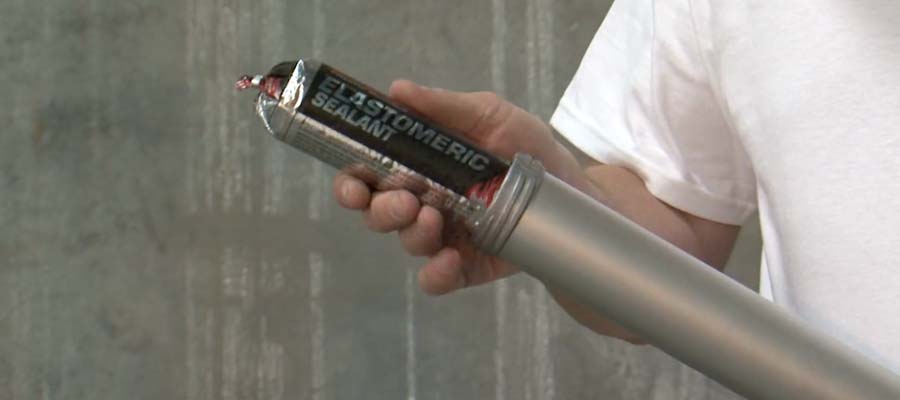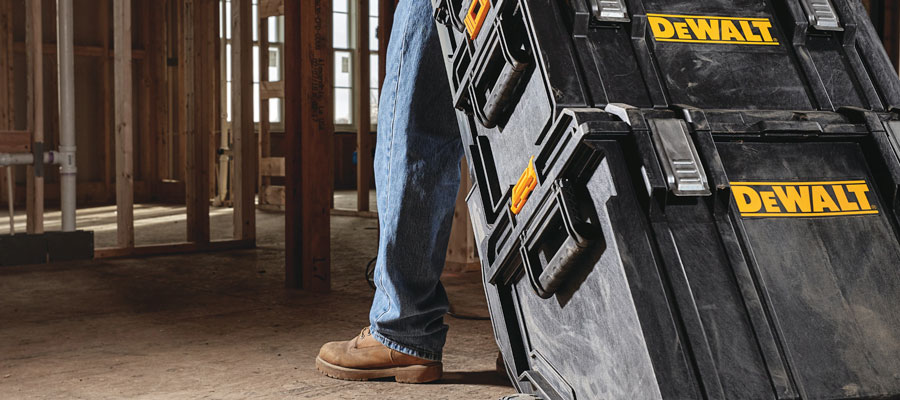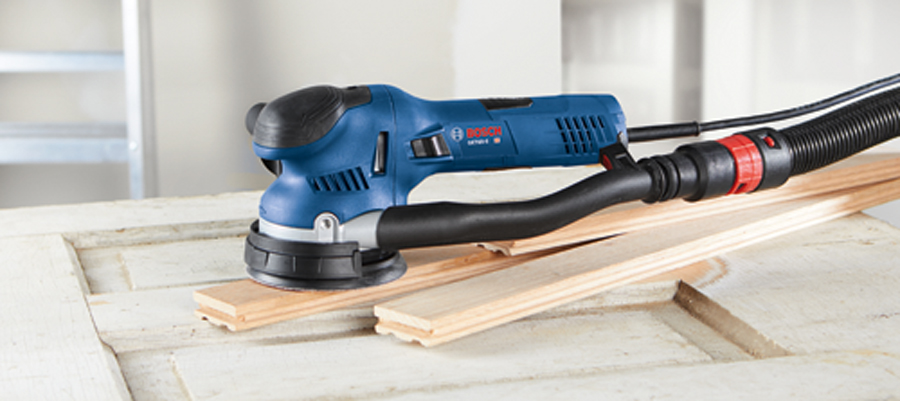When it comes to adding fire retardant materials to a project, common options that are considered are Smoke & Sound Seal or Firestop. But though the fact that they have something to do with fire control is obvious, how they work and in what circumstances they work best is less clear. Generally speaking, Smoke & Sound Seal is an intumescent product, while Firestop is an elastomeric product. But what does that mean? Here's a quick overview to help get you started.

Smoke and Sound Seal: Intumescent
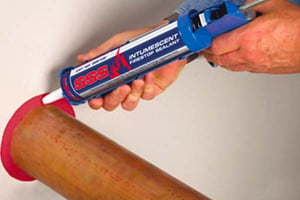
Intumescent materials such as Smoke & Sound Seal react when heated, swelling up and creating a buffer between the fire and the material it's covering. It can be used to cover a surface, creating a buffer to protect the underlying material or to fill a gap when a fire happens, helping slow or prevent the spread of fire. If you have a specific surface which needs to be protected in the event of fire, but otherwise allows the passage of air, an intumescent product will work well. As an example, if you have a ventilation system that your workshop shares with the rest of a home or business, applying an intumescent compound such as Smoke & Sound Seal to the inside of that system will allow it to seal shut in the event of a workshop fire, preventing smoke from entering the office or home area and slow down the spread of the fire into the office or home area. It also has acoustical properties, making it a good option for sound suppression. Smoke & Sound Seal can be applied as a sealant, or as a paintable or sprayable compound. It sticks well to a wide range of construction materials and has a low level of volatile organic compounds (VOC), making it a great option for many construction projects where a smoke barrier is needed.
Firestop: Elastomeric
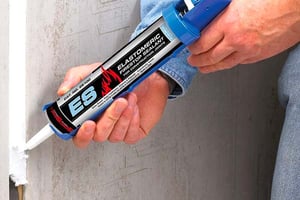
By comparison, an elastomeric compound is a flexible sealant that already blocks the passage of smoke and air. Unlike intumescent, which swells with heat to create a seal, elastomeric firestop starts out as a sealant. This makes it a great option for sealing around ventilation systems, in areas where shifting or settling may occur, to block water infiltration and where some portion of the structure tends to shift independently of other areas. Specifically, Firestop can meet a 4-hour fire rating under ASTM E1966 and UL 2079. It can be compressed or extended by up to 25% of the original joint width, is able to be sanded and painted to match the surroundings and can be applied in a sealant gun or painted into place. Much like Smoke & Sound Seal, it can be applied to a wide range of construction materials and has low VOC levels, but is an excellent solution for construction projects where a flexible smoke barrier is required.
By understanding the differences between these two types of fire suppression materials, you can get a better idea of how well each one will work in your project to control the spread of fire. If you're interested in our other sealants or adhesives, visit our adhesive products page or please feel free to contact one of our experienced associates today for more information.

